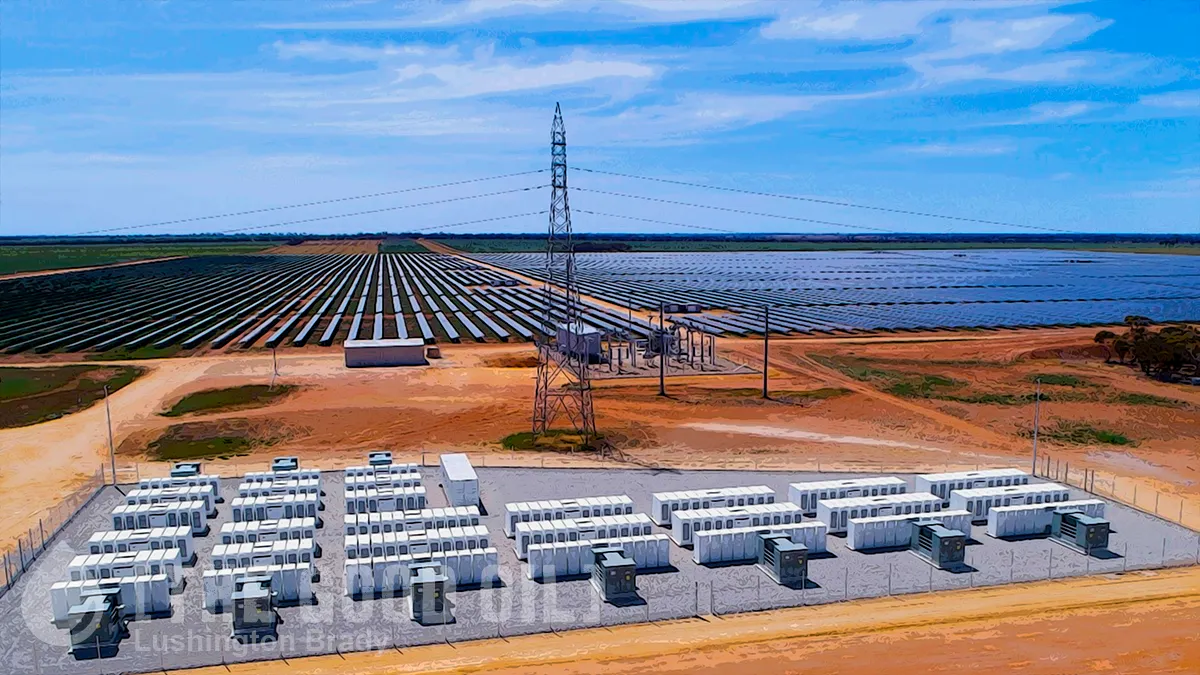Scratch a climate activist and you’ll find a cashed-up environmental vandal.
This is true at almost all levels of the Climate Cult. From the private school blazers ‘school striking’ and Oxbridge-educated prats gluing themselves to roads, before jetting overseas for their latest holiday, to the celebrities flying their fleets of private jets to climate conferences. And absolutely when it comes to the troughers of the ‘renewables’ industry.
These are people so determined to ‘save the planet’ (and, purely coincidentally, trouser a small fortune in taxpayers’ money) that they’ll bulldoze vast swathes of native bushland to do it.
About 350ha of koala habitat has been cleared to make way for the turbines of Andrew and Nicola Forrest’s Clarke Creek Wind Farm. When it is completed in a year, the farm’s first stage will feature 100 turbines and generate 450MW of electricity capable of powering 330,000 homes, while also creating income for the landholders on whose property the turbines sit and creating hundreds of construction jobs.
Ignoring the environmental vandalism that is, if it was a mine, have activists chained to the gates 10 deep, note the dodge: ‘generate 450MW of electricity’. It certainly won’t. 450MW is the ‘maximum capacity’: the theoretical amount it could produce, if the entire installation was running at 100 per cent efficiency. Suffice to say, that never happens: most such installations produce about 30 per cent of their maximum capacity. Far too often, they produce nothing at all.
Facing competition from growing towns and agricultural land, renewable energy developers in central Queensland have turned to the mostly uncleared ridge lines amid a sea of cattle country, where the wind is plentiful and the transmission lines they need to tap into are not too far away. While the projects in development in Queensland may clear only a few hundred hectares of bushland here and there, the cumulative effect of the scale of development required to meet renewable energy targets has ecologists concerned about the impact it will have on wildlife.
The hypocrisy is so obvious that even some environmentalists can see it.
Some environmentalists, including former Queensland chief scientist Hugh Possingham and former Greens leader Bob Brown, have warned that the effects of some wind farms on habitat outweigh the benefits.
There has been a push to encourage developers to take their projects into the vast interior of Queensland and NSW, west of the Great Dividing Range, where the effects on vegetation and communities are less significant.
What they really mean is: ‘Where no city-based climate activists will ever have to see them’.
As it becomes increasingly obvious that, to even hope to meet ‘Net Zero’ targets, vast swathes of farmland will be carpeted under solar panels and wind turbines: the troughers and their bootlickers in the MSM are going into full propaganda mode. Their big claim now is that solar farms are beneficial to sheep grazing.
It is a symbiotic relationship that the director of the National Renewables in Agriculture Conference, Karin Stark, wants to see replicated across as many solar farms as possible as Australia’s energy grid transitions away from fossil fuels.
“It’s all about farm diversification,” Stark says. “At the moment a lot of us farmers are reliant on when it’s going to rain, having solar and wind provides this secondary income.”
Meaning that farmers get to fleece the taxpayer twice: first through generous agricultural subsidies, then through even more generous ‘renewables’ subsidies.
But are solar panels really great for farming?
Prof Bernadette McCabe, the director of the Centre for Agricultural Engineering at the University of Southern Queensland, says farming and solar are “two very different activities” and there’s “minimal research and demonstrated success” of running them in combination […]
[former New South Wales solar developer Ben Wynn] says energy developers often “talk up the possibility” of coexisting with livestock production but don’t have “genuine desire to do so”.
Wynn is now part of a community group opposing a large solar farm proposed south of Tamworth because it lies on productive cropping country.
Good luck trying to grow, let alone harvest, crops underneath hectares of solar panels.
Cows and solar panels are not a good mix, either. Three guesses what happens when a near-tonne bull decides to scratch himself on one.
Wynn also led the construction of a prototype solar farm outside Tamworth, raised high off the ground with steel posts to stay out of reach of a cattle herd below.
“Cattle are massive, they will rub and scratch themselves up against anything,” Wynn says.
The project was a success but Wynn says it is too expensive to be feasible on a large scale because the installation costs are three-to-four fold the cost of regular low-lying solar panels.
Well, fancy that.









